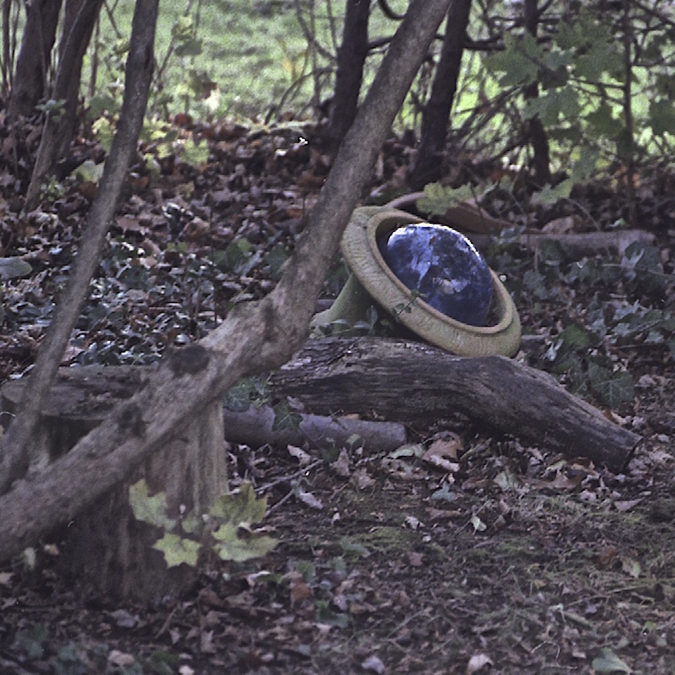In terms of sharpness vs. dreaminess, in descending order of sharpness:
1. CZ (final) West German - has 80-85% of the contrast wide-open that it does at f/2. Bokeh not like the older ones. You could describe the sharpness at f/2 and close range as almost transgressive; in the central circle, it has extremely high contrast and apparent sharpness. Backgrounds, though... they tend to either have Nikon 1.4-style bokeh or look like paper cutouts against backlighting. The chrome and coatings on these (and even the aperture blades) are jewel-like.
2. (Tie) ZM C-Sonnar - really depends on how the lens is set. Lenses set to just focus at f/1.5 are very good all-around performers. The focus shift on this lens is not inherently any worse than any other Sonnar, and it really seems to be the one where the lore has gotten a little out of control. But there are better and worse ways to calibrate it. Yes, Virginia, you can make this your everyday 50. Less rickety mechanically than any of the others, takes 46mm filters, and is nicely finished. Best bokeh by far.
2. (Tie) MS-Sonnetar - at f/1.6 and down, it performs about as well as any of these. At the maximum aperture (1.1), it is roughly similar to the ZM. Has the advantage of being arbitrarily adjusted for focal length, which allows you to set a very precise relationship to the RF. Extremely light in weight.
3. CZJ (uncoated) - lower contrast all around; not as sharp as the CZ when it is sharp (which is not surprising at all - and in many cases desirable). Most pleasing lens at f/1.5. With this one, you can fix this one to adjust like a Sonnetar, which seems to be important because pretty much every example I have owned seems to front-focus on Amedeo adapters. I'm guessing these were collimated for particular cameras. Nicely finished, but the newest of these are approaching 80 years old.
Dante
And for the people who don't believe that the ZM Sonnar is sharp.... this is wide-open on an M240. Just keep making your repair guy adjust it until it's right. Totally worth it.
















